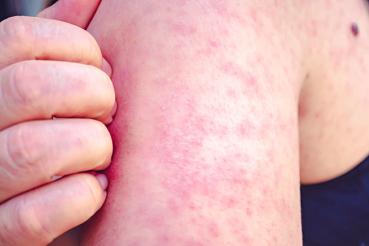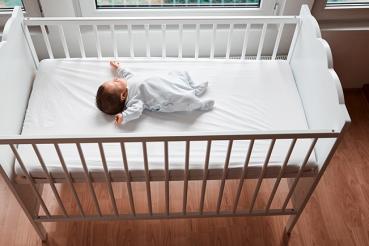Ear infections are very common in children, especially those younger than 2. A parent should suspect an ear infection when a child becomes ill with a fever, is irritable and complains of pain in the ear. Ear infections are not contagious, but the colds that result in ear infections are. Colds are spread when germs are released from the nose or mouth during coughing or sneezing. Anything that can reduce the spread of germs will help reduce ear infections.
A parent should not solely diagnose an ear infection. A physician should examine the child. Usually, the child should be seen within 24 hours. An emergency room visit is not necessary unless ordered by your physician. To help control pain before a doctor's visit, you can give the child a non-aspirin pain reliever, such as acetaminophen or ibuprofen.
There are two main types of ear infections in children, outer ear infections and middle ear infections. Outer ear infections (also called swimmers ear) usually occur when water gets in the ear, which may lead to inflammation and infection. Your child will have symptoms of an earache, which is worse when the outer earlobe is touched. The child may also have discharge from the ear and should not have a fever. These infections are usually treated with antibiotic eardrops.
Middle ear infections usually occur one to two weeks after your child has an upper respiratory tract infection, which can cause inflammation and fluid to build up behind the eardrum. This fluid can then become infected with bacteria and your child will likely develop ear pain, fever and/or irritability. Your physician can tell if a middle ear infection exists by looking inside the ear at the eardrum. With an ear infection, the eardrum will look red and can be bulging because of pus building up behind it. Most middle ear infections are felt to be viral in nature, and your physician might recommend observation when the ear infection is mild.
After a middle ear infection, your child's eardrum will typically have fluid behind it for one to three months. This is normal, and the fluid will usually clear up on its own. It is not an infection, and the fluid does not usually require antibiotics to clear up. In young children, a physician will typically recheck a child's ears every 4 to 6 weeks until all of the fluid has cleared up.
For some children, if their ear infection does not clear up with repeated courses of antibiotics, if they have fluid in both ears for more than 3 to 6 months and it is affecting their hearing, or if they have recurrent ear infection episodes every 4 to 6 months or 6 to 12 months then they may require a referral to an otolaryngologist, a physician that specializes in the ear, nose and throat.
Because most ear infections occur in children under the age of 3, often they can be prevented. Here are some things parents can do to help prevent ear infections:
- Teach children that tissues should be used only once and then thrown away properly and to wash their hands after sneezing or coughing into them.
- Do not allow children to share toys, cups or other utensils that they put in their mouths.
- Feed a baby upright. Lying down while bottle-feeding can cause the milk to irritate the eustachian tube which can contribute to ear infections.
- Keep the nose clear. When a runny nose and cold start, do your best to keep the nose clear by using steam, saline nose drops and suctioning in young children.
- Wash dirty toys in hot, soapy water before other children play with them.
- Regularly wash and disinfect all surface areas and common play areas.
- Eat more raw fruits and vegetables. These can greatly boost your child's immune system and help fight off infections.
- In addition, an immunization called Prevnar can help protect against infection of the bacteria that commonly causes of ear infections. It is recommended that all children younger than 2 get this vaccine, and you should especially consider it if your child is prone to ear infections or other family members get recurrent ear infections.



